News
Revisiting the 2019 World Cup and the league format
The ICC Men’s Cricket World Cup 2023 will follow the same format as the previous edition four years ago, meaning that all 10 teams will face one another.
With a new format set to be introduced in 2027, this will be the final go-around for the 10-team Group Stage which provides 45 entertaining encounters to decide on four semi-finalists.
In 2019, that began with a thrilling clash between England and South Africa at The Oval – the home side getting off to a winning start on their way to a maiden ICC Men’s Cricket World Cup victory.
With every team playing nine matches, the Group Stage lasted six weeks, with ebbs and flows as new contenders emerged.
The beauty of the format meant that a slow start was not necessarily fatal to a team’s chances of progressing.
In 2019, for example, Pakistan started very slowly, winning just one of their opening five matches – earning a 14-run success over eventual champions England at Trent Bridge.
Despite that, Pakistan finished with four successive victories to get to within a whisker of qualification, missing out on the semi-finals on net run-rate.
They finished level on points with runners-up New Zealand and just one point behind England as momentum almost carried them into the semi-finals as the form side.
At the other end of the spectrum, Australia were the first team to clinch a place in the last four, winning six of their first seven matches, the only exception a defeat to India.
India were the next team to book their semi-final spot, beating Bangladesh on their way to leading the Group Stage with seven wins from nine matches.
However, the World Cup is as much about timing your run as being fast starters, and it was the hosts and the Kiwis who found their best form come semi-final time.
With every team having had their chance to take on the world’s best, the knock-out stages were all about peaking on the day.
First up were India and New Zealand, who faced off over two days at Old Trafford as the weather played its part in proceedings.
It went down to the wire, but some stunning fielding from Martin Guptill to remove MS Dhoni in the penultimate over helped the Black Caps to an 18-run victory.
The following day, England were rather more emphatic in avenging their Group Stage loss to Australia, powering to an eight-wicket win to earn a place in the final for the first time since 1992.
Those results meant that the final would crown a new champion for the first time in more than two decades since Sri Lanka had claimed victory as one of the hosts in 1996.
England went onto emulate the Sri Lankans, famously doing so in the most dramatic circumstances at Lord’s.
New Zealand made 241 for eight batting first, before England matched that total, bowled out for 241 in reply to set up a Super Over.
Again, the teams matched each other blow for blow in the Super Over, each scoring 15 runs, as England were crowned champions on boundaries scored.
Victors in the first game, champions in the last, England showed just how to manage this Cricket World Cup format on their way to lifting the trophy.
The question now is, will they be able to repeat the feat or will someone else prove to be the masters of the 10-team Group Stage set-up?
News
Sirimavo Colours Night Controversy: Achievements, Merit and the Call for Fair Evaluation
A video shared on social media following the annual Colours Night ceremony at Sirimavo Bandaranaike Vidyalaya has sparked widespread public debate after a student claimed she was unfairly deprived of a sports award despite her outstanding sporting record.
The ceremony, held on December 19, came under scrutiny after the student made a public announcement stating that she did not receive an award allegedly due to her non-attendance at rehearsals, despite her competitive achievements. The video has since gone viral, triggering mixed reactions across social media platforms.
Outstanding Achievements of Both Athletes
The controversy involves two student athletes who have both brought significant honour to the school through exceptional performances in their respective sports.
The Squash Player, V.S. Chanithma Sinaly, has represented Sri Lanka at the Commonwealth Games, Asian Games, Asian Championships, and PSA-ranked international tournaments. Her achievements include a Commonwealth Games gold medal, national titles in both junior and women’s open categories, and consistent performances at international professional events — making her one of Sri Lanka’s most accomplished young squash players.
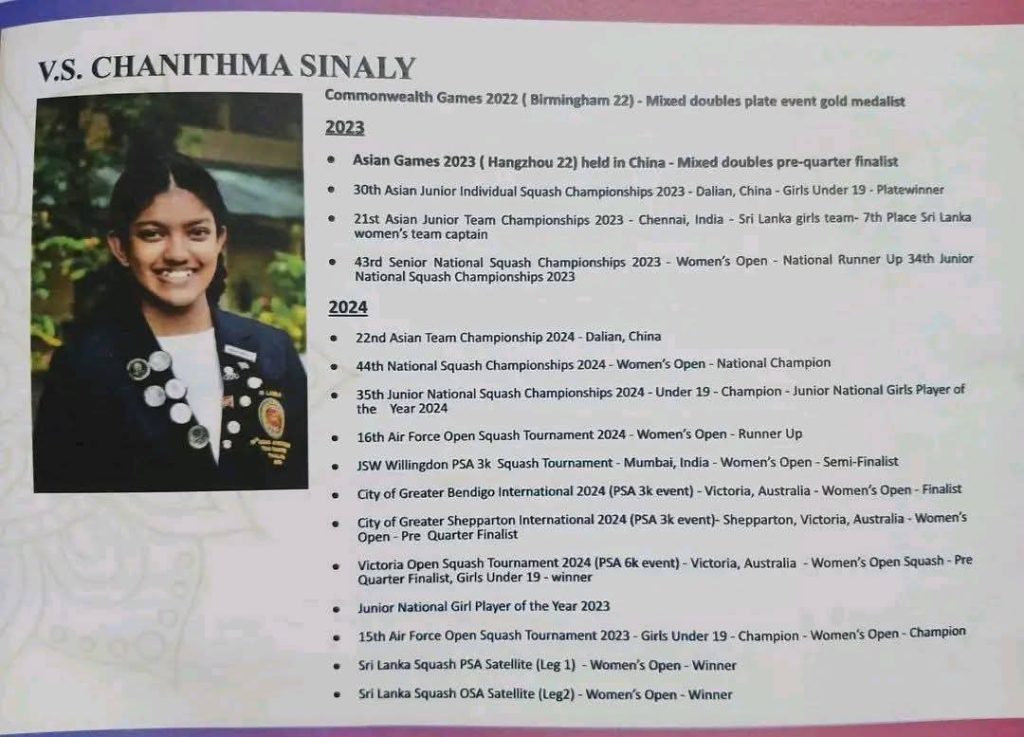
The Swimmer, Nabhasshie Perera, has been a dominant figure at school, national, and age-group level swimming, holding multiple national records in butterfly events. She has represented Sri Lanka at Asian Age Group Championships, World Junior Championships, BIMSTEC competitions, and has secured numerous national and school-level gold medals, underlining her consistency and technical excellence in the pool.
Context Behind the Student Who Missed the Award
According to information that has surfaced following the incident, the student who did not receive the award had missed mandatory rehearsals linked to the Colours Night ceremony, reportedly due to competition schedules and training commitments. While this may have influenced procedural eligibility for the award presentation, it has raised important questions about how discipline-based criteria are applied to elite athletes competing at national and international level.
Observers have noted that while rules and protocols are essential, they must also be flexible and clearly communicated, especially when student athletes are balancing academic responsibilities with elite sporting commitments that extend beyond school boundaries.
Old Girls’ Association Calls for Inquiry
In response to the controversy, the Old Girls’ Association of Sirimavo Bandaranaike Vidyalaya issued a statement acknowledging that both athletes have significantly contributed to the school’s sporting legacy.
The association confirmed it would request the school administration to conduct a fair, impartial, and transparent inquiry, overseen by a panel of qualified sports experts, to review the award criteria and decision-making process. A report will be released once the inquiry is concluded.
Until then, the Old Girls’ Association has urged all parties to refrain from sharing or circulating content that could negatively affect the students involved or harm the reputation of the school.
As of now, the school administration has yet to issue a separate public response.
A Teachable Moment for School Sports Governance
Beyond the immediate controversy, the incident has opened a wider discussion on how schools recognise sporting excellence, especially when student athletes are performing at international and professional levels. Clear guidelines, transparent communication, and athlete-sensitive policies remain crucial to ensuring fairness and protecting young sportsmen and sportswomen from public disputes.
Cricket
Virat Kohli Overtakes Sanath Jayasuriya in Player-of-the-Series Awards
Indian superstar Virat Kohli has overtaken Sri Lankan legend and current national head coach Sanath Jayasuriya in the list of most Player-of-the-Series awards in international cricket.
Kohli now moves to 12 series awards, surpassing Jayasuriya’s long-standing tally of 11, which placed the Sri Lankan great among the top performers in cricket history.
All-Time Most Player-of-the-Series Awards in International Cricket
- Sachin Tendulkar (India): 15 awards, 108 series, 1989–2012
- Virat Kohli (India): 12 awards, 76 series, 2008–2025
- Sanath Jayasuriya (Sri Lanka/Asia XI): 11 awards, 111 series, 1989–2011
- Shaun Pollock (South Africa/Africa XI/ICC): 9 awards, 60 series, 1996–2008
- Chris Gayle (West Indies/ICC): 8 awards, 71 series, 1999–2019
Despite being surpassed, Jayasuriya’s record — built across an illustrious career from 1989 to 2011 — remains a monumental achievement, highlighting his impact on world cricket as one of the most dominant all-round match-winners of his era.
Kohli’s latest milestone further strengthens his status as one of the modern game’s most consistent performers.
Football
Sri Lanka Fall 2–1 to Timor-Leste in Final Group Match, Ending AFC U-17 Asian Cup Qualifiers Campaign
Sri Lanka’s AFC U-17 Asian Cup Qualifiers campaign came to an unexpected conclusion with a 2–1 defeat to Timor-Leste in their final Group A match in Chongqing. With both teams entering the fixture on three points, the match served as a direct battle for a fourth-place finish in the group. Despite pre-match expectations and form analysis suggesting Sri Lanka held the advantage, Timor-Leste delivered the stronger performance on the day.

Timor-Leste took control early and displayed greater urgency, breaking the deadlock in the 26th minute through Elton Da Conceicao, who capitalised on defensive hesitation to put his side ahead. Sri Lanka struggled to settle into rhythm, often losing second balls and failing to connect effectively in midfield.
The second half saw Timor-Leste continue to dictate play, maintaining higher intensity and pressing Sri Lanka into mistakes. Their persistence was rewarded in the 63rd minute when Jyzeus Gabriel Lay doubled the lead with a composed finish following a break in transition.
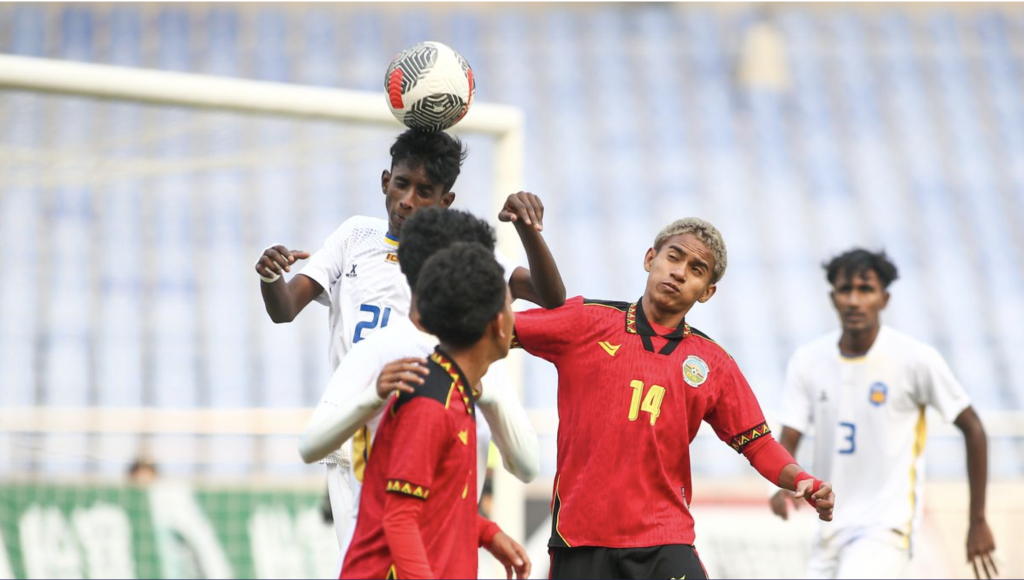
Sri Lanka managed to pull one goal back deep into stoppage time, as Ishaq found the net with a well-taken effort, but it was too late to alter the outcome. The result places Sri Lanka fifth in Group A, behind China PR, Bangladesh, Bahrain, and now Timor-Leste.
This outcome contradicts earlier projections that favoured Sri Lanka based on Timor-Leste’s previous results and goal difference. However, football at youth level often hinges on momentum, confidence, and adaptability—areas where Timor-Leste outperformed Sri Lanka on the day.
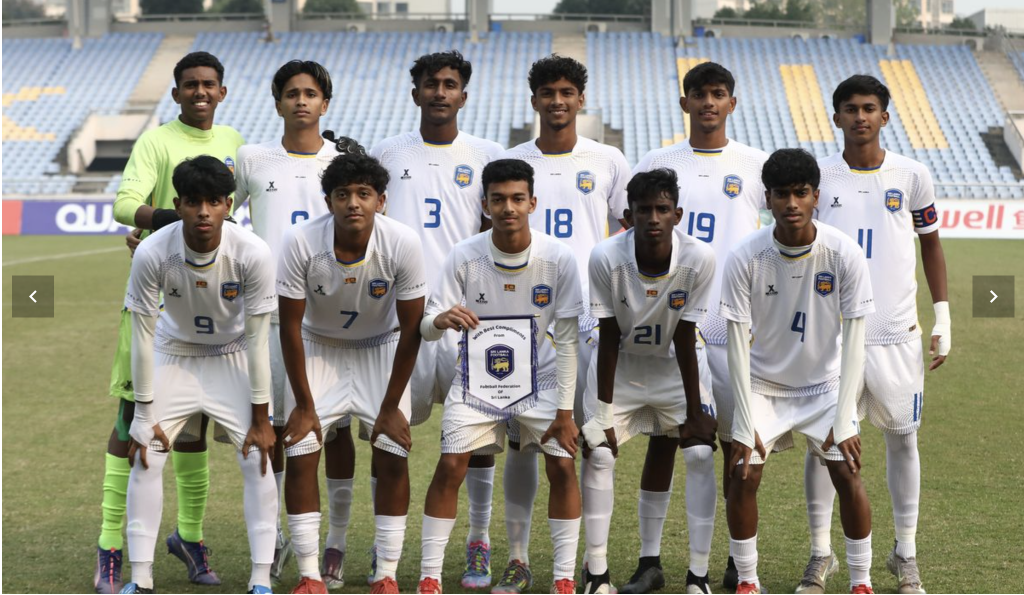
Sri Lanka conclude their campaign with one win and four losses, scoring six goals and conceding 17. While the tournament exposed defensive vulnerabilities and structural weaknesses, it also offered valuable international experience for a young squad still developing physically and tactically.
The focus now shifts to refining youth systems, improving defensive organisation, and strengthening player development pathways. The qualifiers may not have produced the results Sri Lanka had hoped for, but they provided clarity on the areas that require attention as the nation continues to rebuild at youth level.
-

 Football11 months ago
Football11 months agoSri Lanka Schools National Championship 2025: Super 8 Fixtures and Grouping
-

 News11 months ago
News11 months ago2025 Schools Rugby Season Set to Thrill Fans with Knockout and League Action
-

 Live4 years ago
Live4 years agoLive Broadcast of Syria vs Sri Lanka | AFC U23 Asian Championship Qualification
-
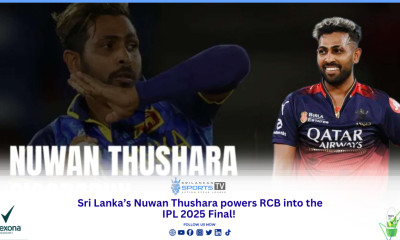
 Cricket7 months ago
Cricket7 months agoNuwan Thushara Shines as RCB Storms into IPL 2025 Final
-

 Football11 months ago
Football11 months agoFFSL Rebrands Division-1 as ‘League-One’ with a Bold New Vision
-

 News7 months ago
News7 months agoMajor Shake-Up in Sports Governance: New 2025 Regulations Reform National Sports Bodies in Sri Lanka
-
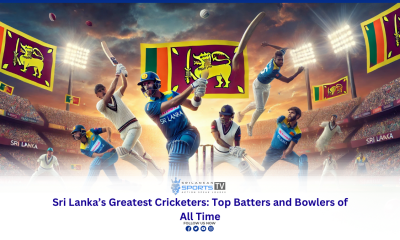
 Cricket11 months ago
Cricket11 months agoSri Lanka’s Greatest Cricketers: Top Batters and Bowlers of All Time
-

 Football8 months ago
Football8 months agoSri Lanka Announces U19 Football Squad for SAFF Championship 2025







